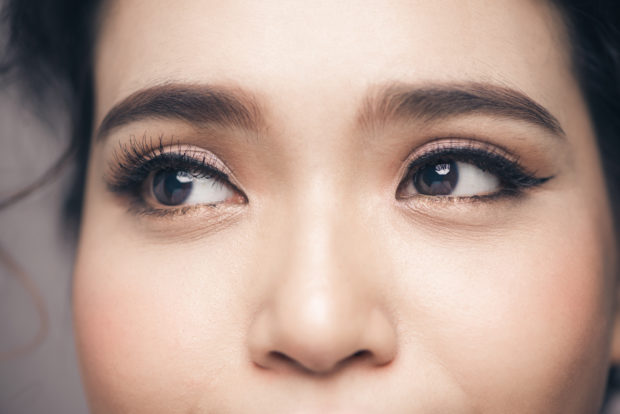Bionic Eyes May Be A Reality For Us In The Very Near Future After They Were Found To Be Successful In Sheep

Researchers at the University of Sydney have developed a groundbreaking bionic eye. Their new three-month-long study, published in Biomaterials, proved the bionic eye to be safe and stable in sheep.
Now, this successful milestone means that human trials may occur in the near future.
The Phoenix Bionic Eye is “A fully implantable visual prosthesis, designed to stimulate the retina from the suprachoroidal space.”
In other words, it is meant to help restore vision to people with severe visual impairment and blindness due to degenerative diseases.
One such disease is retinitis pigmentosa– which causes loss of night vision, gradual loss of peripheral vision, and possible loss of central/color vision.
This restoration of vision is possible by stimulating the retina. Typically, cells in the retina receive incoming light and transform it into “messages,” which are then delivered to the brain.
But, when the retina is damaged, some of these cells can no longer send visual messages. The Phoenix Bionic Eye is amazingly able to bypass these damaged cells.
Samuel Eggenberger, a biomedical engineer, said, “Importantly, we found the device has a very low impact on the neurons required to ‘trick’ the brain.
There were no unexpected reactions from the tissue around the device, and we expect it could safely remain in place for many years.”

makistock – stock.adobe.com
Sign up for Chip Chick’s newsletter and get stories like this delivered to your inbox.
The actual device is a two-part system. First, an implanted stimulator is attached to the eye. Then, a communication module is also implanted behind your ear.
In this three-month trial, a sheep model was used to assess the body’s physical response to implantation.
The results allowed for some improvements to the implantation procedure but were otherwise very successful. Now, researchers are hopeful that human trials will come next.
“Our team is thrilled by this extraordinary result. We hope that through this technology, people living with profound vision loss from degenerative retinal disorders may be able to regain a useful sense of vision,” Eggenberger added.
To learn more about the Phoenix Bionic Eye, visit the complete study here.

Gill – stock.adobe.com
More About:Human Interest